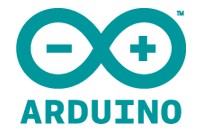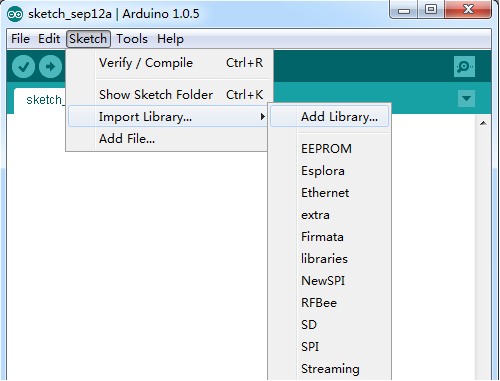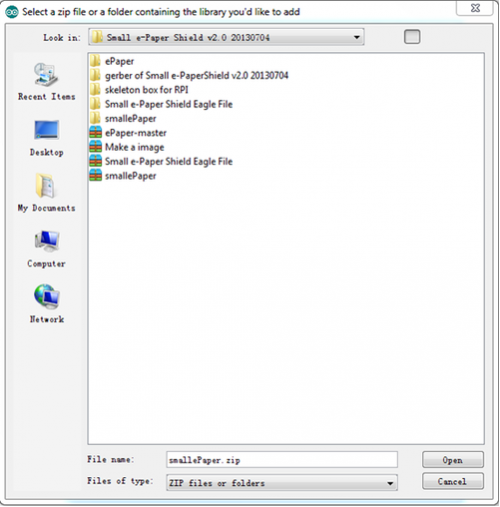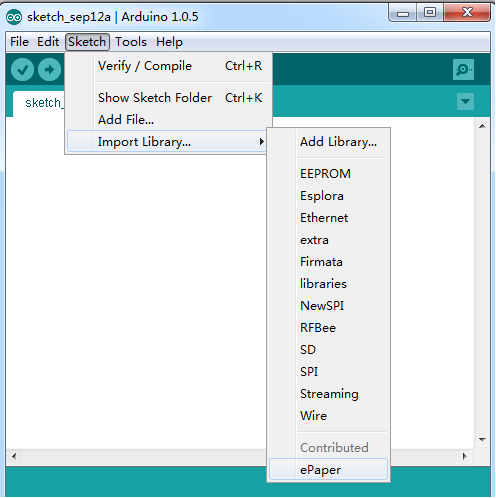How to Install Arduino Library: Difference between revisions
Keyestudio (talk | contribs) No edit summary |
Keyestudio (talk | contribs) No edit summary |
||
| Line 1: | Line 1: | ||
<br> | <br> | ||
[[Image:Arduino_quickstart.jpg|400px|right|thumb|]] | [[Image:Arduino_quickstart.jpg|400px|right|thumb|]] | ||
== Installing Additional Arduino Libraries == | |||
Once you are comfortable with the Arduino software and using the built-in functions, | |||
you may want to extend the ability of your Arduino with additional libraries. | |||
== What are Libraries?? == | |||
Libraries are a collection of code that makes it easy for you to connect to a sensor, | |||
display, module, etc. For example, the built-in LiquidCrystal library makes it easy to | |||
talk to character LCD displays. There are hundreds of additional libraries available | |||
on the Internet for download. The built-in libraries and some of these additional | |||
libraries are listed in the reference. To use the additional libraries, you will need to | |||
install them. | |||
== How to Install a Library? == | |||
Once you are comfortable with the Arduino software, you may want to extend the library to meet your requirement. <br> | Once you are comfortable with the Arduino software, you may want to extend the library to meet your requirement. <br> | ||
Revision as of 10:33, 21 May 2018
Installing Additional Arduino Libraries
Once you are comfortable with the Arduino software and using the built-in functions, you may want to extend the ability of your Arduino with additional libraries.
What are Libraries??
Libraries are a collection of code that makes it easy for you to connect to a sensor, display, module, etc. For example, the built-in LiquidCrystal library makes it easy to talk to character LCD displays. There are hundreds of additional libraries available on the Internet for download. The built-in libraries and some of these additional libraries are listed in the reference. To use the additional libraries, you will need to install them.
How to Install a Library?
Once you are comfortable with the Arduino software, you may want to extend the library to meet your requirement.
Libraries are often distributed as a ZIP file or folder. The name of the folder is the name of the library. Inside the folder will be a .cpp file, a .h file and often a keywords.txt file, examples folder, and other files required by the library.
Take Arduino1.0.5 as an example, you can install a library in Arduino IDE. And do not unzip the downloaded library, leave it as is.
- In the Arduino IDE, click Skietch->Import Library. Select “Add Library...” at the top of the drop down list.
- You will be prompted to select the library you would like to add. Find the .zip file's location and open it. Here I select a library named smallePaper .
- Return to the Sketch > Import Library menu. You should now see the library at the bottom of the drop-down menu. It is ready to be used in your sketch.
- Now the zip file has been installed in your Arduino sketches directory. You can see the location of the library: File->Preferences->Sketchbook location, and can change the location. Generally, we will change it as ….Arduino – 1.0.5\libraries as shown below.
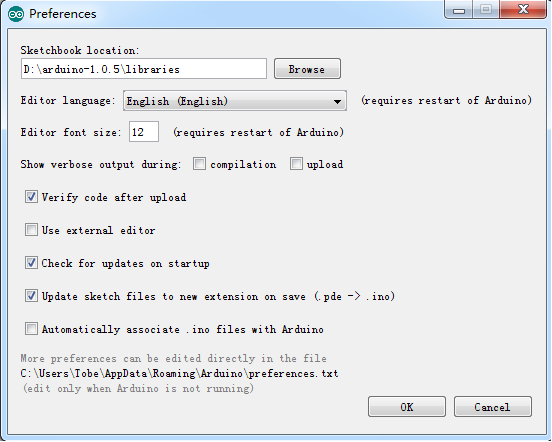
More reference please click here: [[1]]
